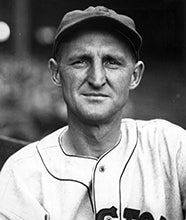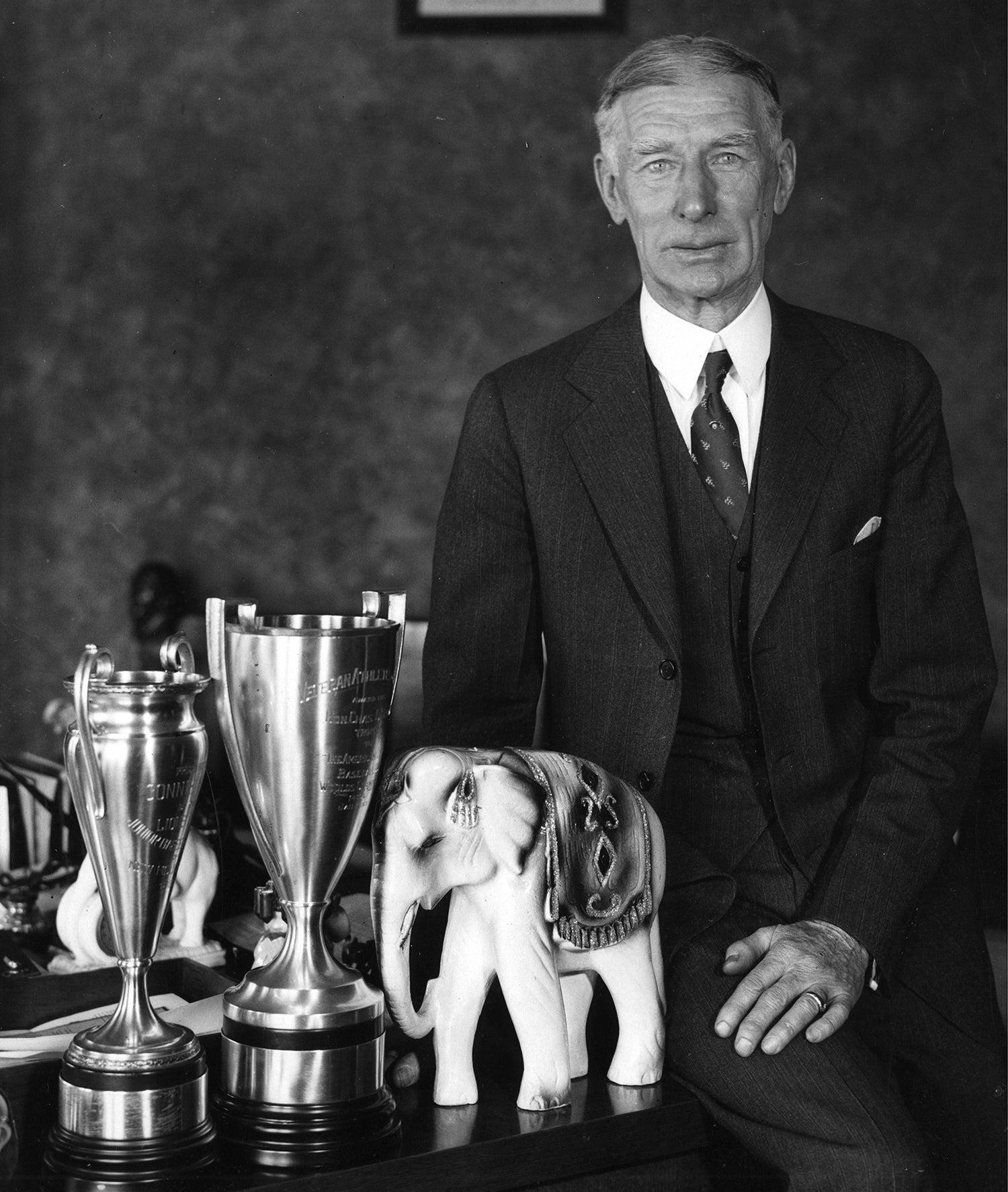- Home
- Our Stories
- Pennock, Traynor crossed paths en route to Cooperstown
Pennock, Traynor crossed paths en route to Cooperstown
In Game 3 of the 1927 World Series, Yankees ace Herb Pennock was looking to make history by throwing the first postseason no-hitter.
Retiring the first 22 Pirates batters he faced, Pittsburgh third baseman Pie Traynor’s single in the eighth spoiled Pennock’s path to the record books.
On Feb. 27, 1948, Pennock and Traynor again were linked in history when they were elected to the Hall of Fame by the Baseball Writers’ Association of America.
Pennock, the southpaw from Kennett Square, Pa., began his career with the A’s before being sold in 1915 to the Red Sox by A’s manager Connie Mack.
“My greatest mistake,” said Mack of letting go of Pennock.
Hall of Fame Membership
There is no simpler, and more essential, way to demonstrate your support than to sign on as a Museum Member.
Having never thrown a pitch in the minors, Pennock compiled a 241-162 record and a 3.60 ERA with the A’s, Sox, and Yanks over 22 seasons. Known best for his time with the Yankees, the four-time World Series champ had an unblemished 5-0 career record in the Fall Classic.
After retirement in 1934, Pennock returned to Boston where he became a coach and the farm system director of the Red Sox – later becoming the first general manager in the history of the Phillies.
Considered by many to be one of the best fielding third basemen to ever play the game, Pie Traynor collected 2,416 hits with a .320 career average during 17 seasons – all with the Pirates. The two-time All-Star hit over .300 10 times in his career, never striking out more than 28 times in a season.
Pie, who received his nickname for his love of pastries growing up, began his career at shortstop before being moved to third base.
“He had the quickest hands and the quickest arms of any third baseman I ever saw,” said teammate Charley Grimm.
Traynor had an unfortunate ending to his career when he injured his arm in a collision at home plate in 1935. He was never the same – making just 12 plate appearances the rest of his career.
Prior to his injury, Traynor became the Pirates player-manager beginning in 1934 until retiring as a player in 1937.
In 1939, Traynor stepped away from baseball, resigning after five seasons of managing the Bucs.
Nick Anapolis was the spring 2013 public relations intern at the Baseball Hall of Fame
Related Stories
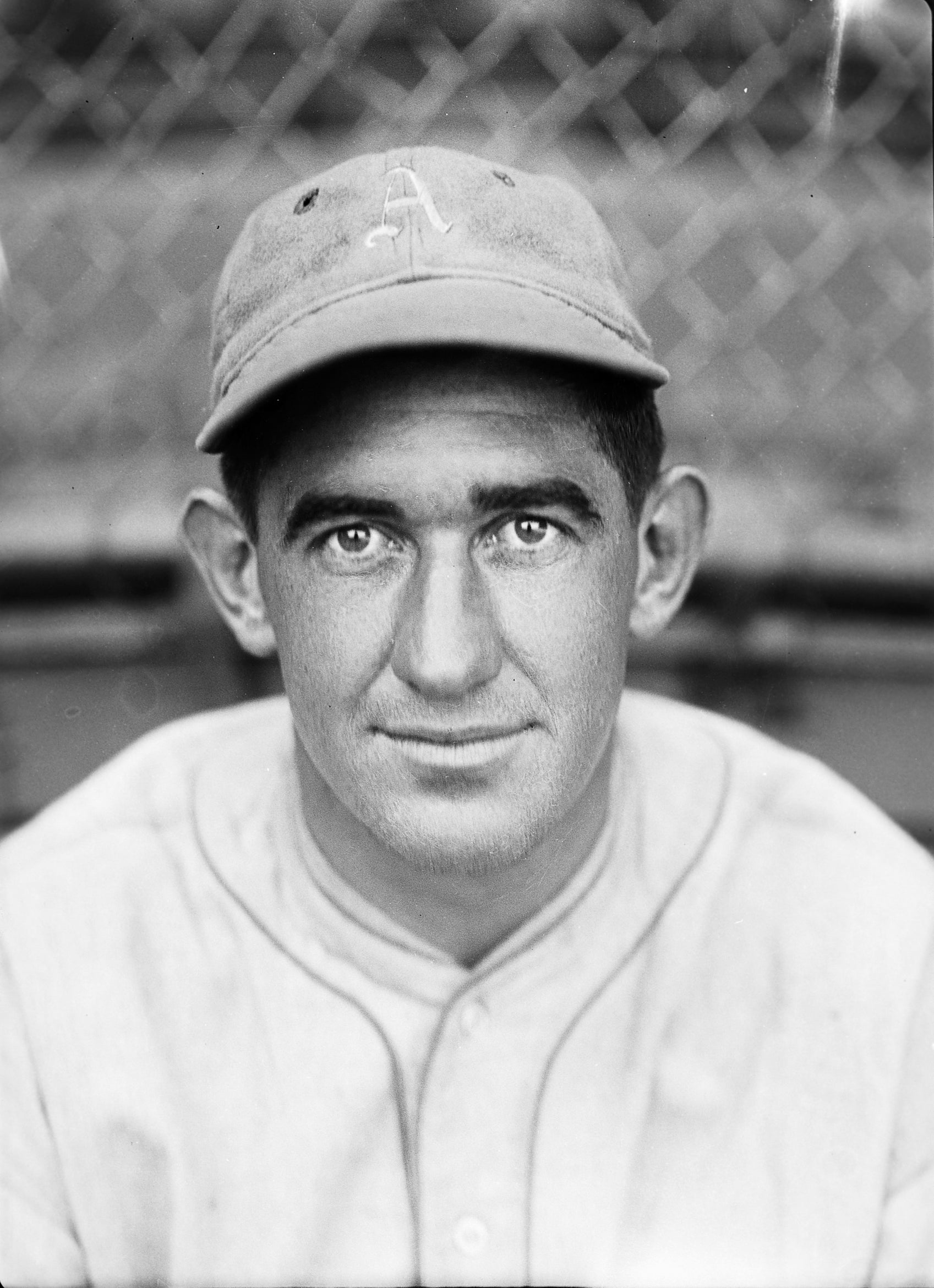
Mack breaks up second A's dynasty, trades Cochrane
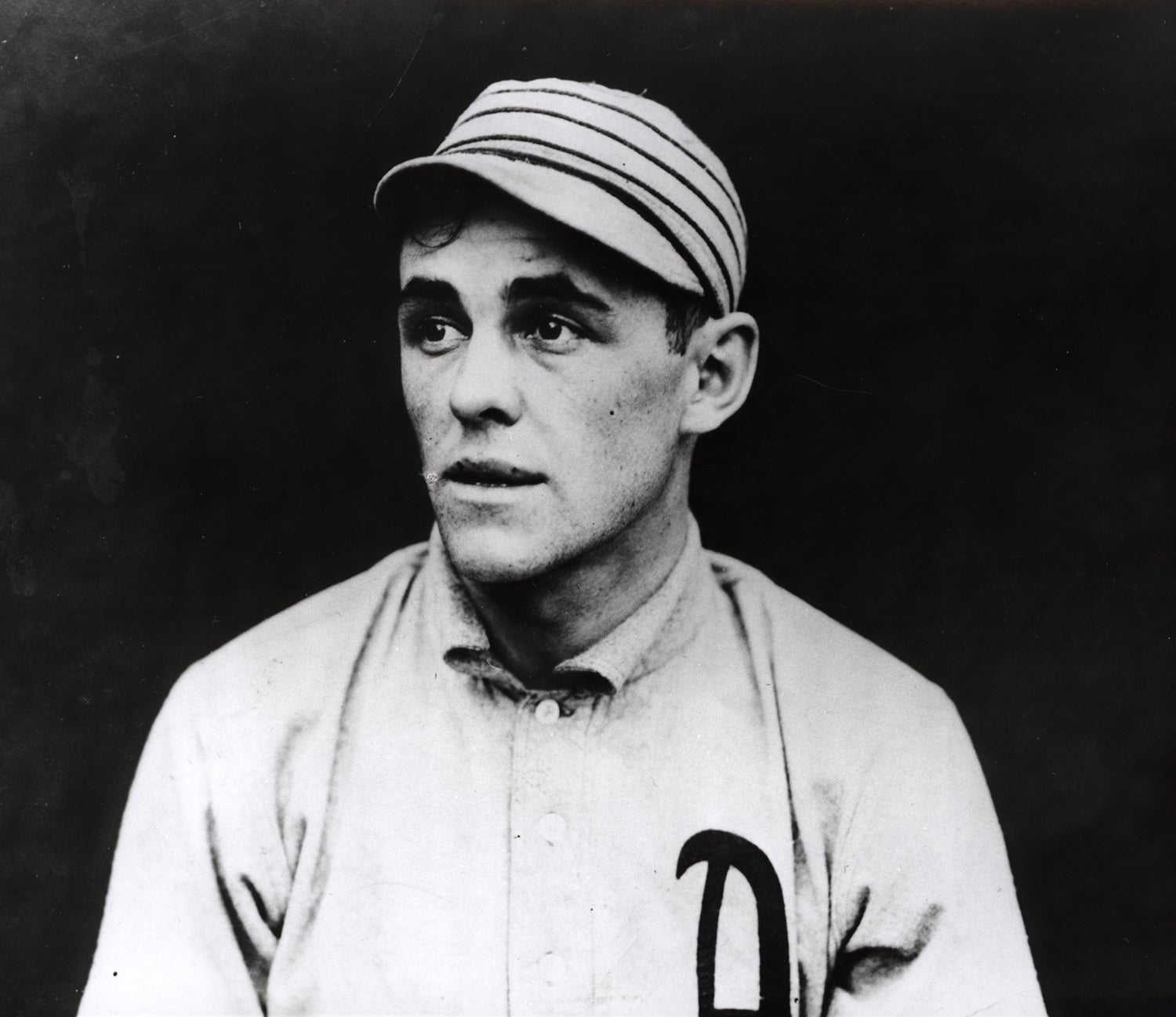
Mack trades final piece of $100,000 infield
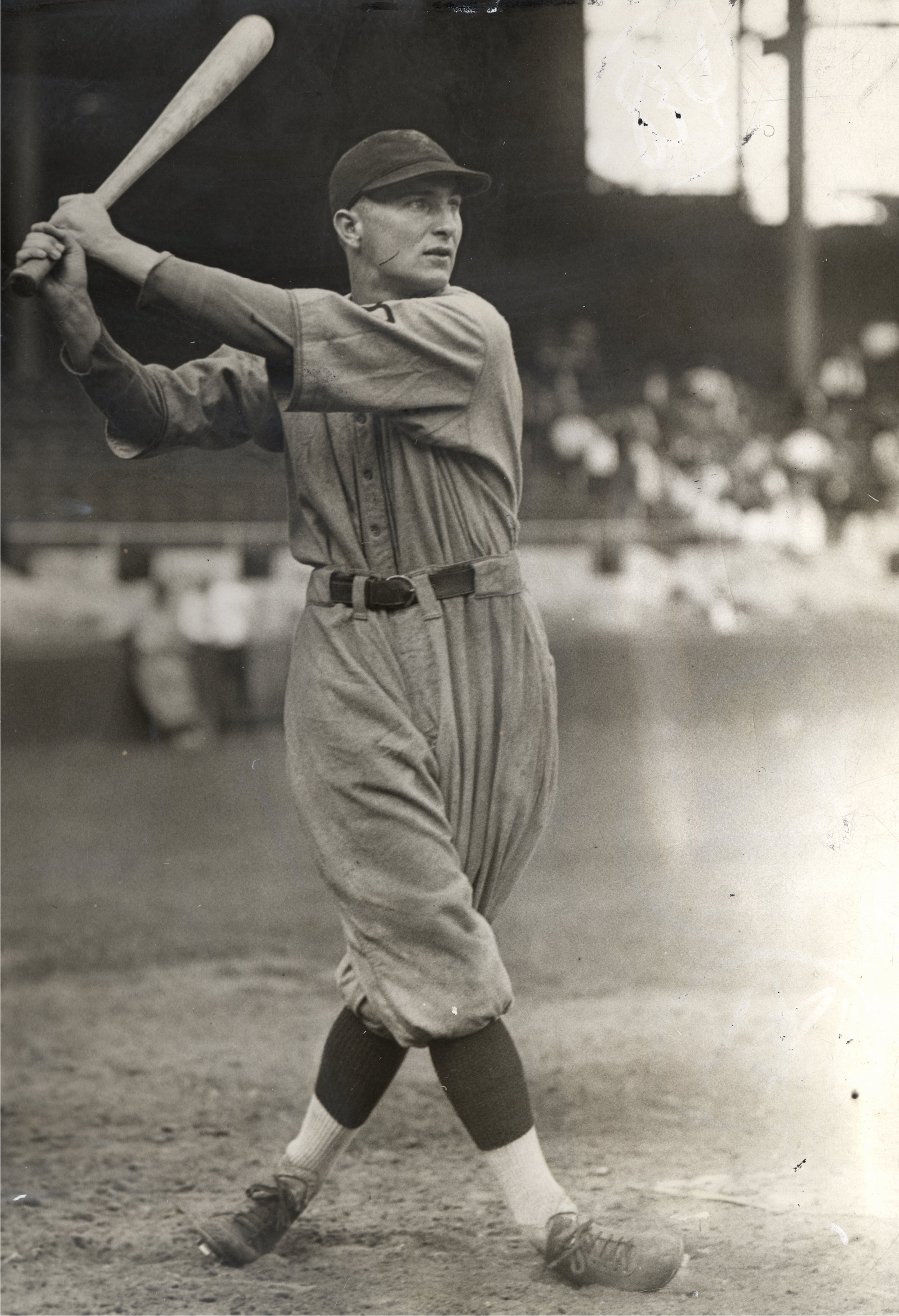
Paul Waner records six hits for Pirates
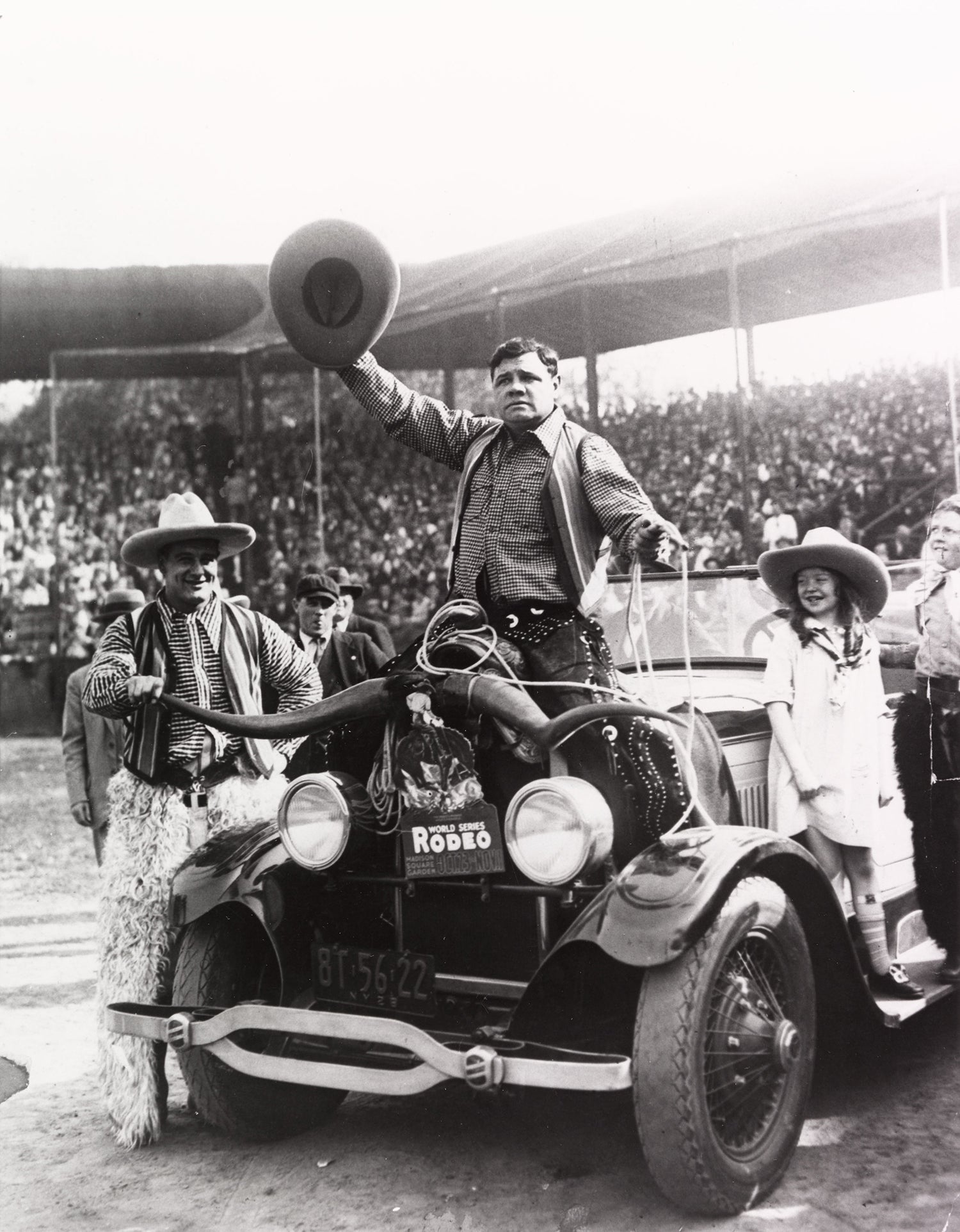
Gehrig, Ruth round up funds for NYC hospital

Mack breaks up second A's dynasty, trades Cochrane

Mack trades final piece of $100,000 infield

Paul Waner records six hits for Pirates





